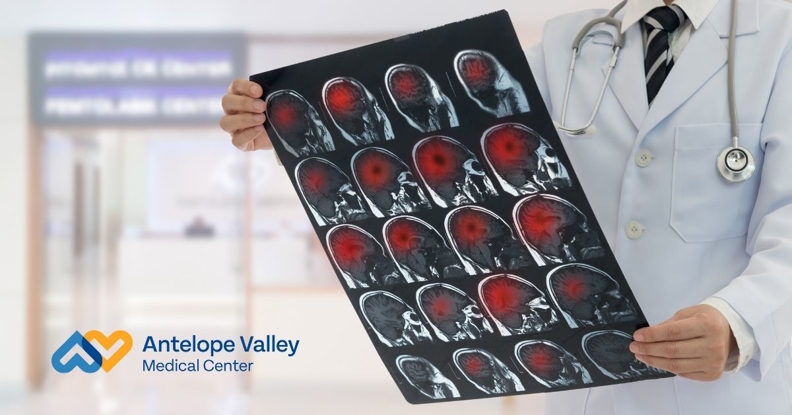How to Perform CPR
- Category: Blog
- Posted On:

Performing Cardiopulmonary Resuscitation (CPR)
Performing cardiopulmonary resuscitation (CPR) during an emergency can help to save a life. Even if you've previously been trained, it's important to remember each step and how to do them properly to help someone in need. Here’s what you should know.
What to Do Before You Start CPR
Assess the Situation
Before you administer CPR, be sure to check your surroundings to make sure you’re in a safe place. You should also check on the affected person by tapping them on the shoulder and asking them if they’re alright.
Call 911
If you have determined that the person does need medical attention, call 911. If there is an automated external defibrillator (AED) close by, send someone to go get it. If not, prepare to give the affected person CPR.
Open the Person’s Airway
To administer CPR, it is to ensure that the affected person’s airways are open. Lying them on their back, tilt their head back slightly and lift the chin.
Check their Breathing
Next, you should check for breathing once the airways are open. Listen carefully for 10 seconds for any sounds of breathing. If not, you are ready to administer CPR.
Please keep in mind that occasional gasps for air do not count as breathing.
Steps for Performing CPR
Press Hard on their Chest
Place your hands, one on top of the other, in the middle of the affected person’s chest. Use your body weight to help you push hard and fat, going at least 2 inches deep with each push. Be sure to maintain a rate of 100 compressions per minute.
Deliver Rescue Breaths
With the affected person’s head tilted back and chin up, pinch their nose closed and place your mouth over their mouth, being sure to make a complete seal. Blow into the person’s mouth, making their chest rise. Repeat this a second time, then return to delivering chest compressions.
Repeat
Continue cycling through the CPR steps until any of the following:
- The person begins breathing again on their own.
- An AED has become available.
- Emergency medical services or another medical responder arrives.
For a visual representation of how to properly perform CPR, watch this video from the American Heart Association.
Emergency Services in Lancaster, CA
At Antelope Valley Medical Center, we understand that every second counts and can mean the difference between life and death. Antelope Valley Medical Center's Emergency Department is staffed with highly trained professionals, including board-certified emergency physicians, radiologists, phlebotomists, and an emergency trained nursing staff.
Antelope Valley Medical Center is also the only hospital in the area approved by the County of Los Angeles as an Emergency Department Approved for Pediatrics (EDAP). This means that we are ready to treat infants, children, and adolescents with serious illnesses or injuries at any time.
Call (661) 949-5000 or visit our dedicated emergency services page for more information.
Call 911 if you or someone around you are experiencing a medical emergency.


.jpg)
